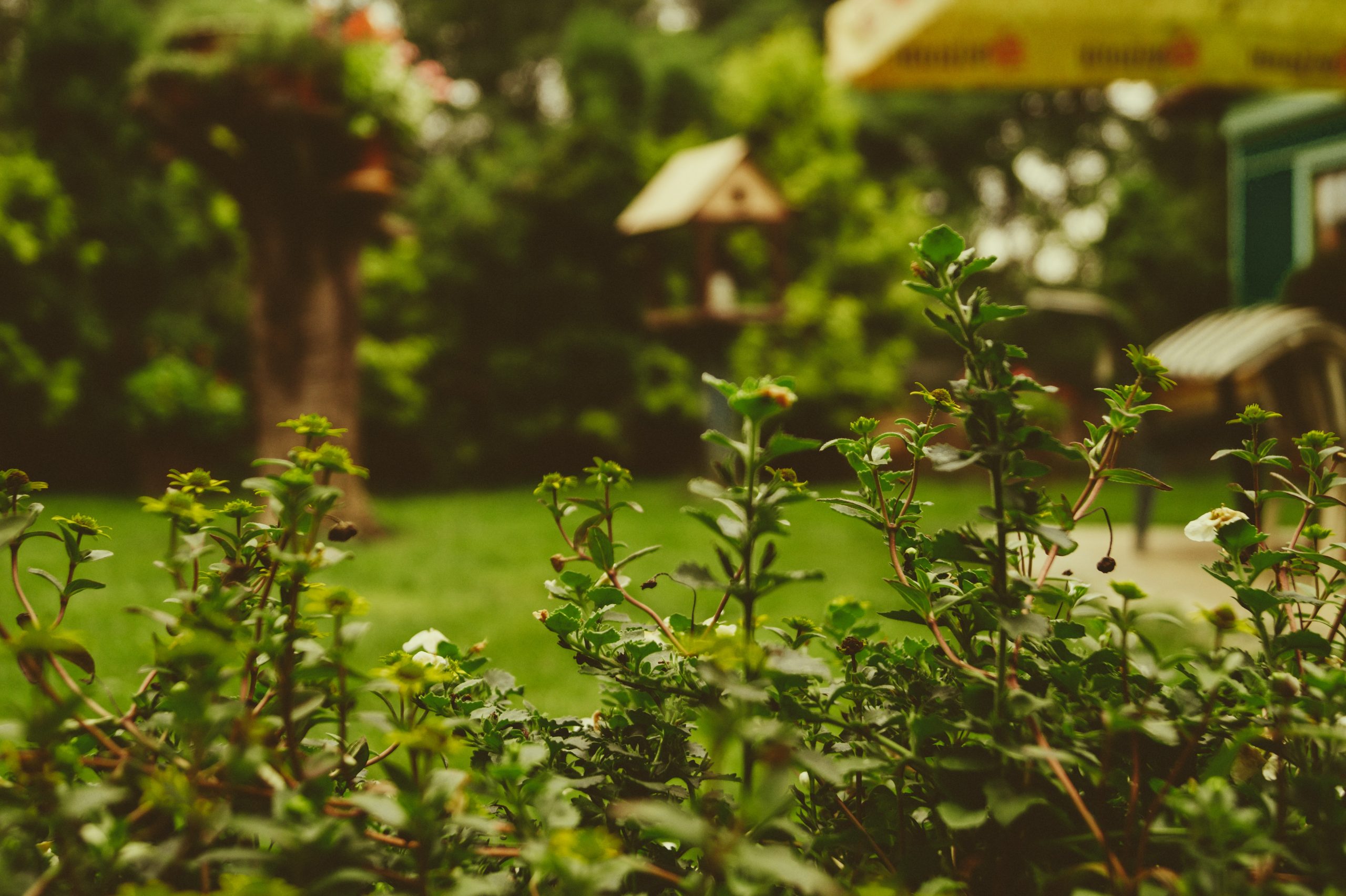From the Outside In: How to cultivate a healthy yard that will benefit your indoor air!
From the Outside In: How to cultivate a healthy yard that will benefit your indoor air!
Our yards say many things about our home and hopefully, they’re all good! Because they surround our home, yards also directly impact our indoor air quality. Here’s how to cultivate healthy air outside, because it will always permeate to the inside.
We wrote about the healthy heart benefits of green areas around the home. To find the right trees and plants for your area, visit i-Tree Species. Here’s some other tips for landscaping for indoor air quality:
Don’t plant shrubs right next to your foundation, so that mulch and soil will get air circulation and mold does not have continual shade and moisture to grow on surfaces.
Plants like lavender, basil, thyme, mint, lemongrass, chrysanthemums, petunias, marigolds and mosquito plants provide delicious fragrance and colors that also repel insects! (farmersalmanac.com)
Try natural pest repellants such as the ones we mention in this post, instead of toxic traditional repellants like malathion and pyrethoids.
Get the humidity right: if your yard is low-lying and frequently has standing water, it is very pest-friendly (mosquitoes, fleas and ticks all like water, not to mention mold!). Consult landscaping companies to find the best solution for raising the elevation and/or draining water.
Whole-house generators are a popular addition to homes where there are frequent power outages or the possibility of extended outages (from severe storms or hurricanes, for example). However, just like portable generators, they emit carbon monoxide (CO), carbon dioxide (CO2) and nitric oxide (NO), which can penetrate homes. According to electricgeneratorsdirect, standby generators must be located at least 5 feet from windows and doors, and of course in compliance with local codes. They can even be placed up to 18” next to the house where there are no windows or doors. In our estimation however, they should be located farther from homes than the regulations require!
It’s important that sewage lines are intact, so that liquids and gases stay where they should! If they become damaged by cars or large equipment driving over them accidentally, call an inspector to view the lines with a pipe camera and assess repairs.
If you have a dusty road nearby, consider planting a row of trees or tall shrubs as a screen. Bushy, hairy-leafed cotoneaster is a variety that stands tall above others in its ability to absorb particles and pollutants (theguardian.com)
Find a safe way to store garbage until it’s removed: nobody wants to smell garbage, so it’s put outside where it can be “safely” stored until pick-up day. But what about the smell? You can try:
Finding a spot downwind where you can make a small hedge to shield the garbage from view and from direct sun
Making sure that the lid can be closed securely (bungee cords are great for this) so that critters do not get in.
Using an all-natural additive to remove smell and reduce flies and pests: Teraganix makes a number of microbial supplements for people, gardens, and yes even our garbage! This one can be sprayed onto the garbage before closing the bag, or even poured down smelly drains.
Porches are typically cool, inviting places that say “come and relax”. If you live near a busy freeway or road, however, pollution can travel farther than you realize, especially in the late night and early morning, traffic pollution drifts much farther than during the day. (LATimes.com) This results from dropping temperature during the nighttime hours when the atmosphere traps car emissions, CO2, and other pollutants down near the ground. (yourairexperts.com) During this time, it’s not good to be “porch-sitting”, but unless you have particle-filtering air purifiers inside (like a good HEPA filter), inside may not be much better.
The sky is falling, the sky is falling! If you live in a flight path or downwind of one, it’s probable that PM2.5 levels are substantially higher than in other areas. Location may be unavoidable, but you can avoid trapping pollution next to your house by not planting tall trees around the entire perimeter of your property or at least crosswind. Leave spaces for air to blow through and clear the pollutants.
Interior home renovation may seem to be the most obvious way to increase interior air quality, but don’t overlook the yard outside, because what’s outside, eventually comes inside!
Photo by Martin Kníže on Unsplash

